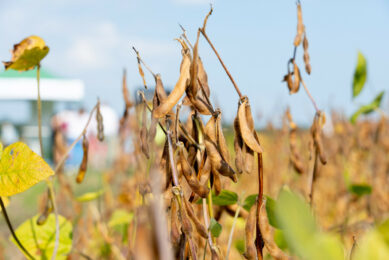Feed: solution for foodstuff waste

In the EU, around 3.5 million tonnes of former foodstuffs are used in livestock feed. This can be doubled with the right regulatory guidance, according to EFFPA, the European Former Foodstuff Processors Association.
Former foodstuffs should not be confused with swill, food and catering waste that is not allowed to use as animal feed. Here we talk about former foodstuffs that are removed from the human food consumption market, by food manufacturers, because of unintentional and often unavoidable production errors.
Biscuits and chocolate
Examples of former foodstuffs used in animal feed are broken biscuits and chocolates, surplus bread, incorrectly flavoured crisps and breakfast cereals. In addition, surpluses resulting from seasonal festivities such as sports events, Easter and Christmas are used, after the food manufacturer has taken the options for food bank donation into account. Moreover, former foodstuffs must be in full compliance with EU feed safety requirements as well as the General Food Law’s demands as regards traceability to become eligible for feed use.
Alternative to cereal grains
EFFPA President Paul Featherstone recently said on a recent conference on EU food waste: “It may surprise people, but energy-rich former foodstuffs like biscuits, chocolates and confectionary are highly valued resources in animal feed manufacturing. In fact, our end-product can be used as an alternative to cereal grains, thereby reducing the dependence on land-requiring raw materials, and thus the environmental footprint of foodstuffs of animal origin”.
More sustainable food chain
EFFPA calls on EU policy makers to clarify the regulatory framework for former foodstuff processors through the planned proposal on the circular economy, making it clear that former foodstuffs are by-products and by no means legal ‘wastes’. Paul Featherstone: “It is clear that the safe use of former foodstuffs in animal feed contributes to a more sustainable food chain and should unambiguously be encouraged. Our innovation-driven, non-subsidised industry could still double in production within the EU with the right regulatory guidance”.











